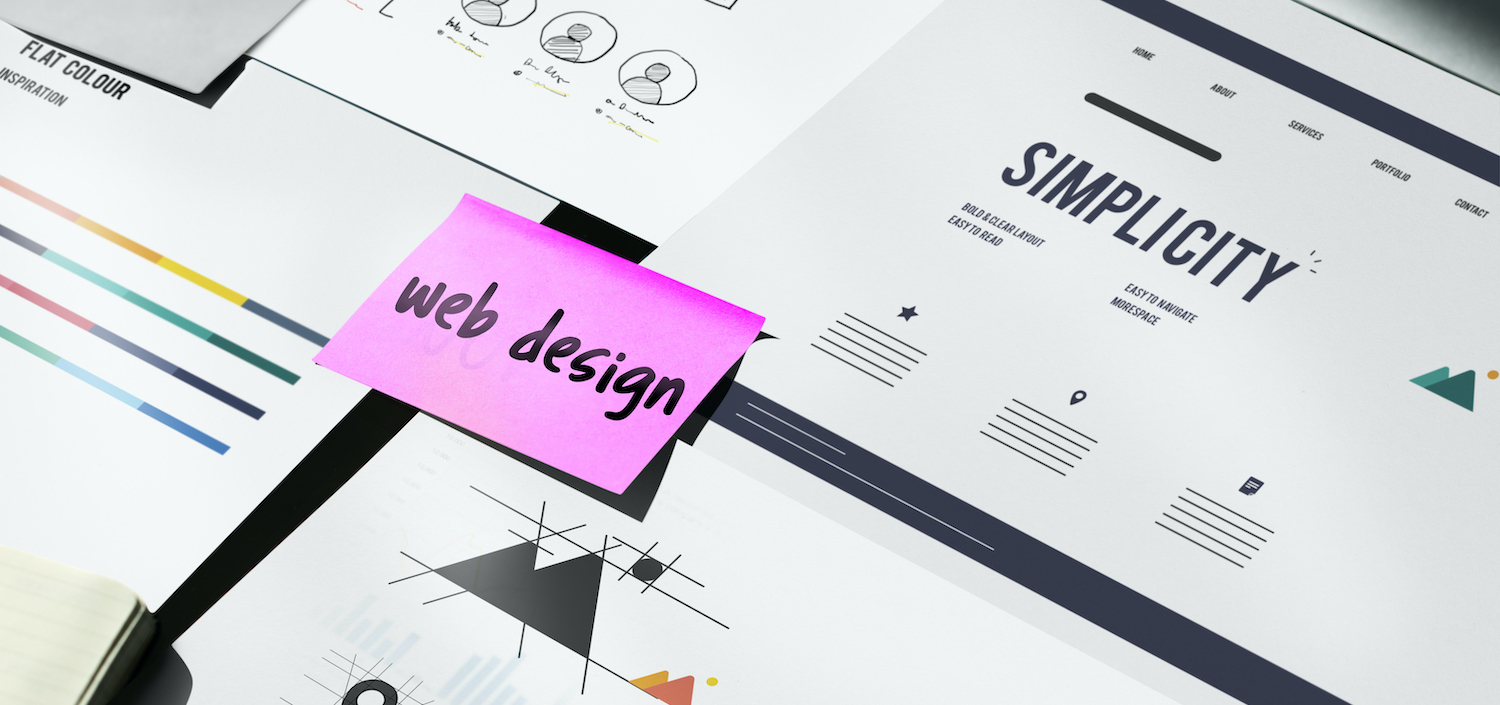
A web presence is necessary these days to legitimize your business and stake your claim online, but why do we use websites in the first place? Well, usually it’s to get information or receive a service. Well, what information then and what service? The answer to this question will depend on your users and your business. Let’s drill down into some questions we can ask to answer the question, “how is your website providing value to your users?”
1. How is your navigation menu labeled?
People have natural tendencies when it comes to searching through a website. They look for clues to move through the website to find the information they are looking for. Usually, users will start at the top left and move towards the right side of the screen when it comes to navigation. They’ll look for key terms they may have seen before like “About Us” or “Contact” or industry-specific terms relevant to your business.
2. What is the information on the page and how is it organized?
Words matter, and website copy is no exception. This is where it is helpful to know your audience. Are they more apt to read a paragraph of information? Is it a large paragraph or smaller paragraph? Would they rather find a list of information and find it easier to digest? I find that younger audiences would rather get smaller chunks of information or lists while older audiences would prefer to see a paragraph or paragraphs. Not saying that you shouldn’t use both in certain situations but keep your audience in mind while writing. Organizing your content on the page is also really useful. Using multiple headings and helpful labels can better help users identify the section of the page they need to pay attention to.
3. How are your brand values portrayed?
Words matter, and website copy is no exception. This is where it is helpful to know your audience. Are they more apt to read a paragraph of information? Is it a large paragraph or smaller paragraph? Would they rather find a list of information and find it easier to digest? I find that younger audiences would rather get smaller chunks of information or lists while older audiences would prefer to see a paragraph or paragraphs. Not saying that you shouldn’t use both in certain situations but keep your audience in mind while writing. Organizing your content on the page is also really useful. Using multiple headings and helpful labels can better help users identify the section of the page they need to pay attention to.
4. What are the contact points on my website?
We want to make reaching out to schedule a service or ask a question as easy as possible? How do your users typically reach out? How can we make this more accessible to them? One way is to make sure there are links that pull people to an interest form or contact form in the areas that need it. Don’t make them hunt for a contact page, make it easy for them to click and fill out their information so that they can have a positive experience and you can get a lead. We can also stick a phone number in the footer so that they can call and have the number no matter what page they’re on.
Knowing your users and knowing where they need to go can really help you help your users and create a positive experience for them. They will find value in the website and return to it if they need your services in the future! Keeping your website user-friendly and up to date regularly is the best thing you can do to keep serving them. Give us a call if you’re not sure where to start or need a few edits! We’re here to help!

